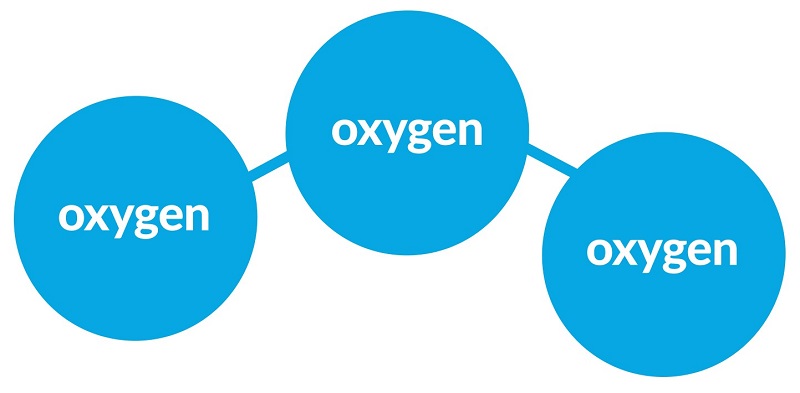You probably only think of ozone as the natural life-saving component that protects us from UV rays. Unfortunately, that is not the only side of the noble ozone.
Is ozone an indoor air pollutant? Well, there is ozone found in our atmosphere as well, and it is created through a combination of oxygen and several contaminants. This makes it a potent air pollutant.

Excess ozone decreases the air quality in a home. Since we all require clean air for our bodies’ overall health and optimal functionality, exposure to excess ozone may lead to several health issues.
Contents
How to tell if there’s excess ozone in your home
How can you tell if your home is affected by ozone pollution? Well, there are two ways to do it:
- By using ozone monitors
- By detecting the ozone smell
Here’s a detailed look into the two methods:
1. Using ozone monitors
These are home-friendly gadgets that can assist in measuring ozone in a room. They sample the air and give measurements in intervals through continuous active sampling.
2. Ozone smell
Ozone has a pungent smell that is easily detectable. The smell ranges from forms of the slight smell of metal to a severe pungent smell of chlorine.
If you are just using an ozone generator for home use, you can easily tell the difference in smells before and after use.
What you do when you detect the smell while you are outdoors?
- You get indoors and close all your windows and doors.
- Refrain from any physical exercise or strenuous work.
- Measure the ozone concentration level in the room
- Turn on the air filter
Staying indoors will help prevent further inhalation of the polluted air. However, the indoor air quality is most likely compromised as well. By turning on the air filter, you can neutralize the smell of ozone.
Ozone inhalation can cause respiratory problems. Some immediate effects of the pollution include:
- Irritation of the throat
- Coughing and wheezing
How, then do you remove ozone from your home?
Through air filters. An air filter takes in polluted air, traps the pollutants, and then releases clean air. Two filters that can help you improve air quality include:
- Activated Carbon Air filter
- High-Efficiency Particulate Air filter (HEPA)
1. Activated Carbon Air Filter
This filter uses a bed of activated charcoal with big airspaces clinging to the pollutant gases. When acquiring a carbon filter, you should insist on a filter that has:
- Large capacity for activated carbon: The use of more activated carbon gives the filter the capacity to clean more volumes of air in your home.
- Maximum dwell time: Dwell time is when the polluted air passes through the carbon for proper purification. The longer the dwell time the better.
The best-activated carbon filter will work efficiently. However, you need to use it correctly and do a replacement once it has reached its saturation level. This means that you have to keep checking on it constantly.
2. Using High-Efficiency Particulate Air filter (HEPA)
A mechanical filter purifies the air from pollutant gases and particles. It is found in most air purifiers nowadays.
So how does HEPA filter remove ozone? The filter has a set of random fibers that trap contaminants through processes such as filtration and sieving.
For the HEPA to effectively trap ozone, it incorporates both carbon and mechanical filters and is a very efficient machine.
To use these filters, you need a specially designed air purifier for chemical removal.
Your home is your haven. Incorporate these friendly methods to filter out ozone and take charge of the air quality in your home.
